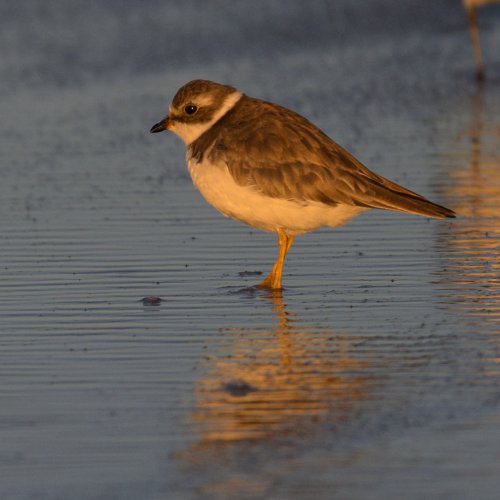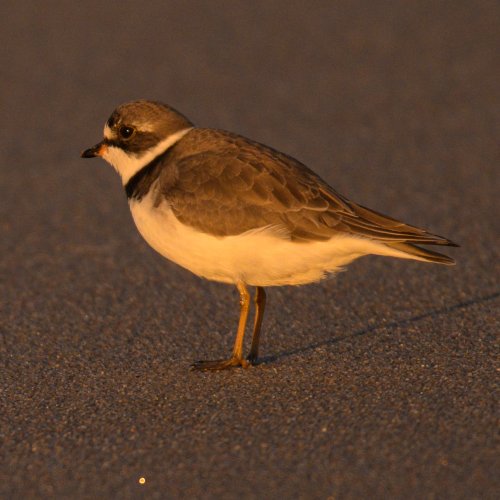The point I think many folks are trying to make is that an ISO between 64 and 500 isn't a problem and definitely isn't the cause of blurry photos but it CAN be a result of shooting at too slow a shutter speed that RESULTS in an ISO in that range. In that case, limiting the camera to avoid certain ISOs (especially low range ISO like what you listed) won't help at all as it's not the cause of soft photos but can easily result from too low a shutter speed when shooting in Manual with Auto ISO mode.
Not sure what your shutter speeds were for those shots, but a few things to think about:
- What we see as sharpness is really edge contrast so situations that yield low contrast can also rob sharpness. This can be a combo of very soft light (e.g. overcast) plus underexposure but basically any time image contrast suffers, so will apparent sharpness. So good exposure and good light can go a long way towards sharp photos.
- In lower level light if you do find yourself ending up below ISO 500 there's a good chance your shutter speed is quite low which may have been the case in those golden hour shots posted above. Overly low shutter speeds is one of the most common reasons for soft sports or wildlife photos. Even something like a shorebird can twitch around quite a bit and if you're shooting with a long lens hand held it can take quite a bit of shutter speed to get crisp photos. Yup, sometimes as light levels fall we need to tradeoff shutter speed or sometimes we do so for creative reasons like blurring raindrops or snowflakes as they fall but in general if you're not getting crisp wildlife photos, faster shutter speeds are a very good starting point. Don't be too scared of ISO up to 6400 or even higher with a Z8. Yup that's crazy high ISO if you look back to the film or early DSLR days but modern sensors are pretty amazing and modern noise reduction tools in post processing can let you get away with ISO settings that wouldn't have worked back in the day. I'd much rather deal with a bit of excess image noise than end up with a motion blurred photo that can't really be saved. But if you're finding your auto ISO is ending up in the 200-500 range for sunset wildlife shots then it's a good bet your shutter speeds are much too low.
- As Steve pointed out above in mid-day light where you might end up with lower ISO even though shutter speed is reasonably high you can still get soft photos from heat effects and atmospheric turbulence especially when shooting across long distances. Your photos above weren't shot midday but it's a common problem for folks that get long lenses and wonder why their shots of distant subjects are soft when shot in bright midday sun. When you shoot across long distances in the heat of the day you're often shooting through a bunch of water vapor, dust and stirred up air that can rob images of, contrast sharpness and detail. Folks that shoot long lenses and then also crop heavily for distant small subjects often see a lot of this not because of the long lens and not necessarily because of some cropping but if you need a long lens, a TC and also heavy cropping to deliver the desired image size you're often shooting at such long distances that the resulting images suffer especially at times when there's a lot of heat shimmer or stirred up air, dust and water vapor between you and a more distant subject.
Bottom line, using ISO 64 to 500 on a Z8 isn't the cause of soft or subpar photos and there's really no reason to avoid that range of ISOs for stills photography. But getting that range of ISO may indicate something else like overly slow shutter speed in lower light or sometimes it means shooting in the heat of the day and dealing with heat shimmer problems but the ISO itself isn't the root cause.



